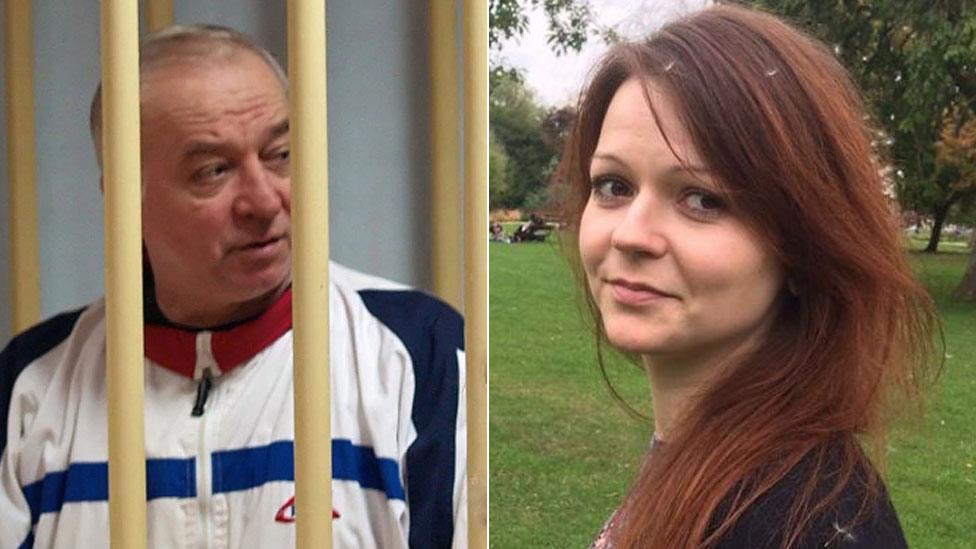Why second week of Novichok inquiry has barely mentioned Dawn Sturgess
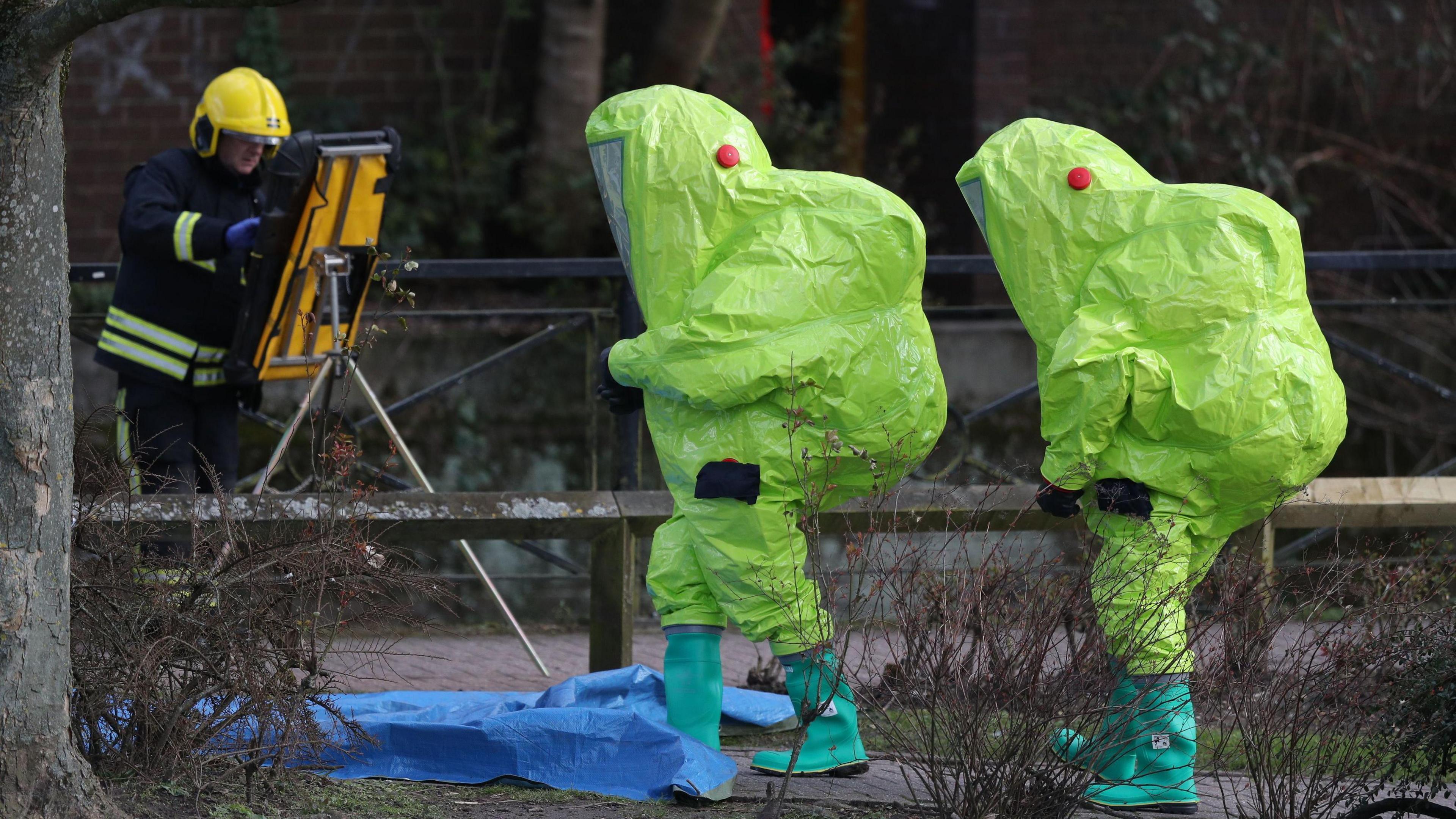
The inquiry into the Novichok poisoning in Salisbury is exploring the death of Dawn Sturgess, but much it has been discussing those who survived
- Published
In the shadow of St Paul’s Cathedral, the venue for the Dawn Sturgess Inquiry hearings is covered in purple branding displaying her name in big white letters.
Yet unlike the first week in Salisbury, the evidence given in London has so far barely mentioned the Wiltshire mother at all.
Instead the focus has been on Sergei and Yulia Skripal - the former Russian spy and his daughter - the first victims of the Novichok poisoning in Salisbury four months before Dawn died in July 2018.
As the inquiry looks at the extraordinary events that led up to Dawn's death, we heard about the lifesaving care the Skripals received at Salisbury District Hospital and the moments doctors realised the scale of what they were dealing with.
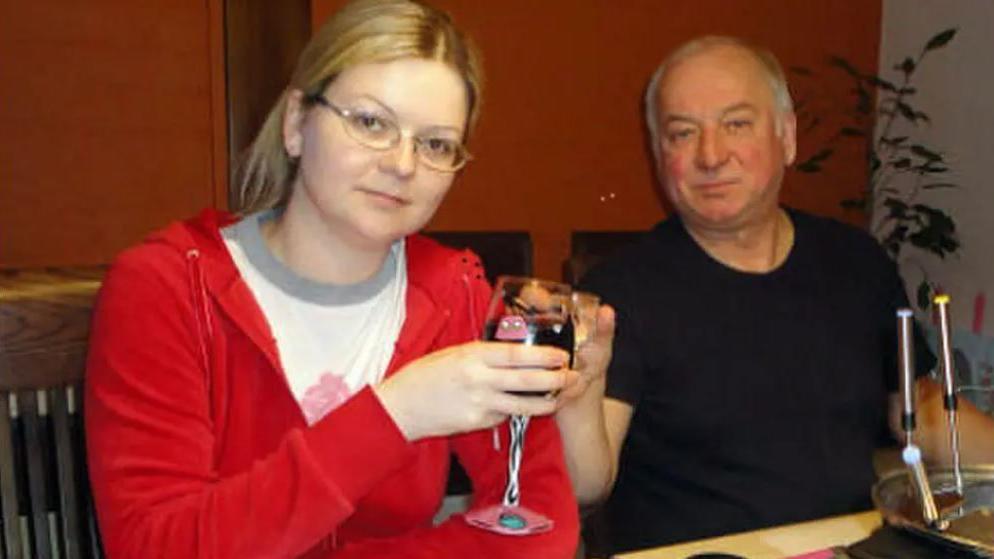
Sergei (right) and Yulia Skripal survived the nerve agent attack
Their Salisbury hospital experience also brought a new phase of this inquiry. It was the first section to be a ‘Level 2’ hearing, which comes with extra measures in case there is an accidental disclosure of classified information.
It means the web stream of the inquiry is cut off, not published until it is cleared at the end of each day. Reporters and members of the public at London's International Dispute Resolution Centre can still watch proceedings on a 10-minute delay in the room next door - a feed which can be cut if the chair orders it.
Some reporters, myself included, were able to observe inside the room itself - having to leave all electronic devices and even watches behind to ensure we could not communicate with anyone outside.
A very real - and slightly surreal - example of how this public inquiry is balancing the need to get answers with the need to protect witnesses and national security.
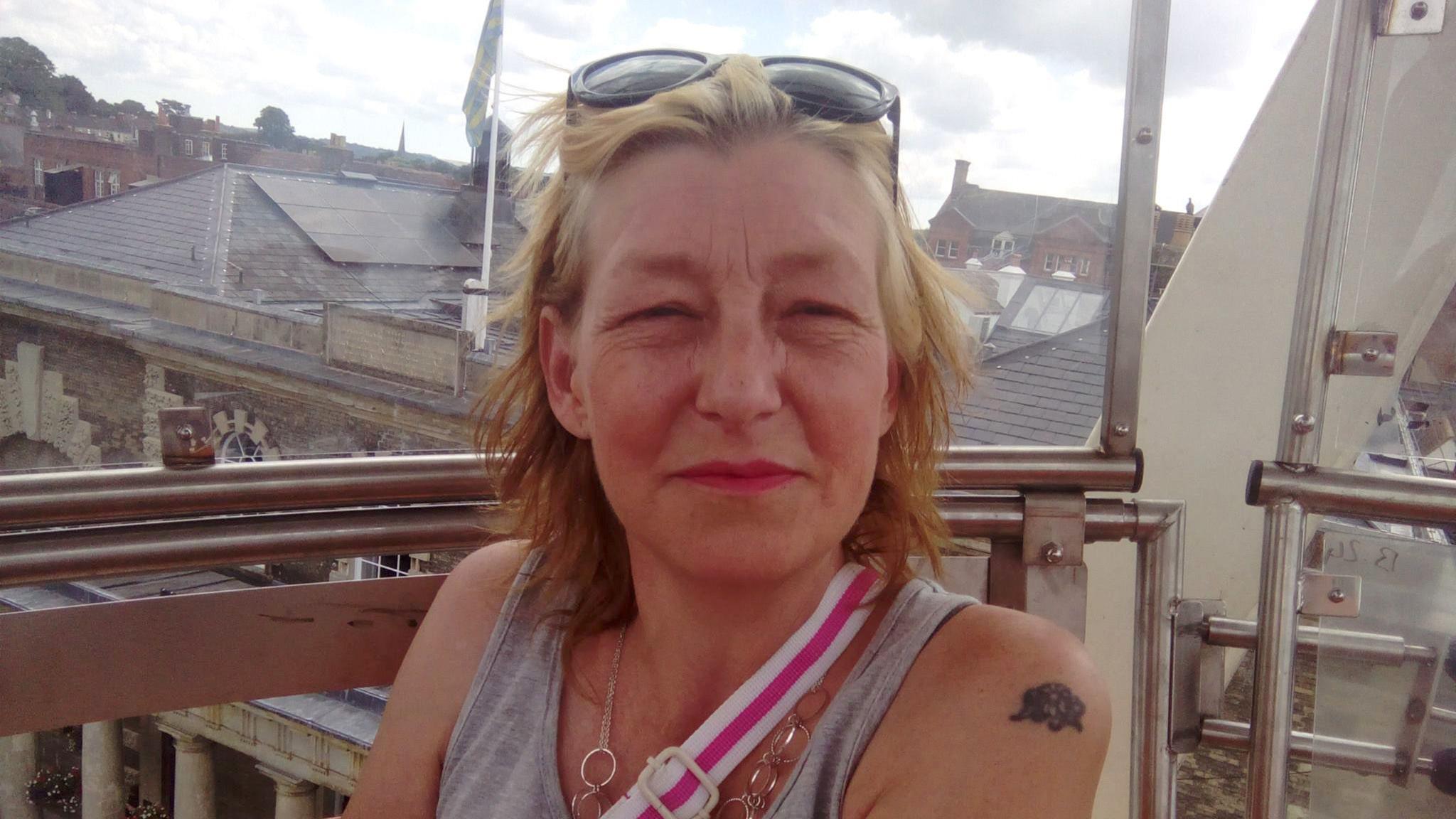
The inquiry is examining the 2018 poisoning of Dawn Sturgess
'Excellent drug-dosing error'
We have heard the first of the witnesses whose identities are hidden from view - a doctor from the Defence Science and Technology Laboratory at Porton Down, referred to by the cypher FT49.
One of the questions FT49 addressed was why there were not multiple casualties, when this chemical weapon is dubbed one of the most dangerous in the world.
The answer, he said, would lie in the dosage - not just quantity, but application. Inhaling it, as Dawn is thought to have done thinking it was perfume, would have resulted in a much stronger dose than if it had been slowly absorbed through her skin, as may have happened to the others.
He also acknowledged the “excellent drug-dosing error” when a paramedic on the scene with the Skripals had rushed to clear Sergei’s airway but knocked the medicine bag over. Reaching for the overdose drug naloxone, the paramedic mistakenly picked up atropine - a drug to stabilise the heart rate - which FT49 said turned out to be “clinically beneficial”.
Earlier in the week we heard in remarkable detail about the off-duty medics on a day out in Salisbury who came to the Skripals' aid. We heard about the first paramedics and police officers on scene who kept them alive and set up cordons fearing it was an overdose of a highly potent drug called fentanyl.
We saw and heard how counter-terror police retraced the steps of the Skripals that weekend and we heard a bit of what Sergei was actually like as a friend, neighbour and drinking buddy during his time in Salisbury.
A key line of questioning appears to be whether the treatment, the lessons, and the warning signs of that incident were communicated with sufficient speed and detail.
We can expect to hear their hospital experiences compared to those of Dawn and her partner Charlie Rowley later in the inquiry, which resumes in London on Monday.

BBC Sounds: Salisbury Poisonings
Keep up to date with the latest from the inquiry with our podcast.
Listen to the episode on BBC Sounds.

Follow BBC Wiltshire on Facebook, external, X, external and Instagram, external. Send your story ideas to us on email or via WhatsApp on 0800 313 4630.
See also
- Published11 October 2024
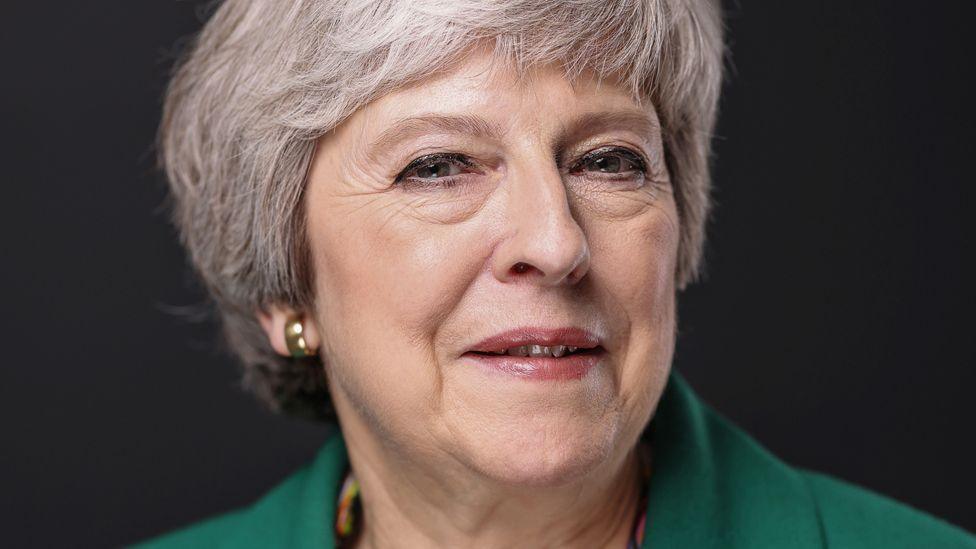
- Published30 July 2018
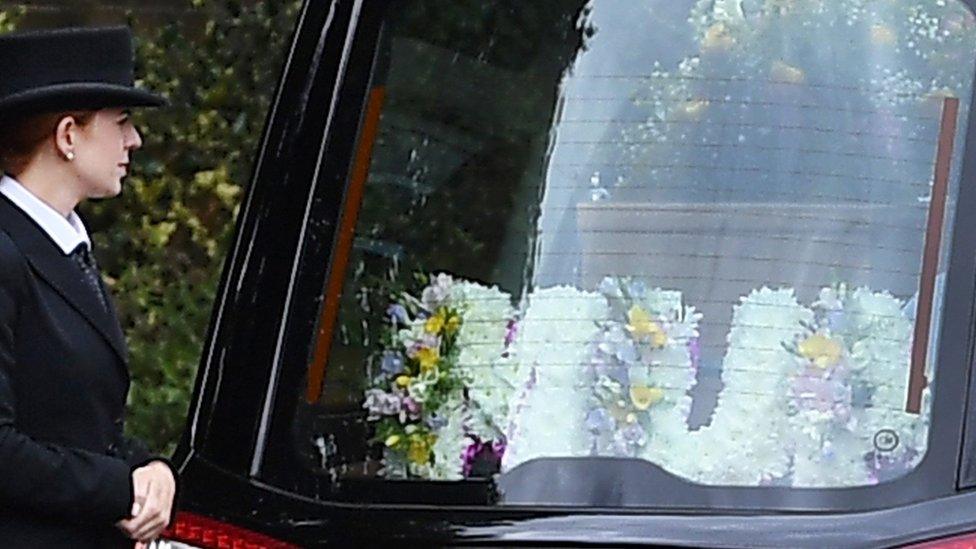
- Published4 March 2020
